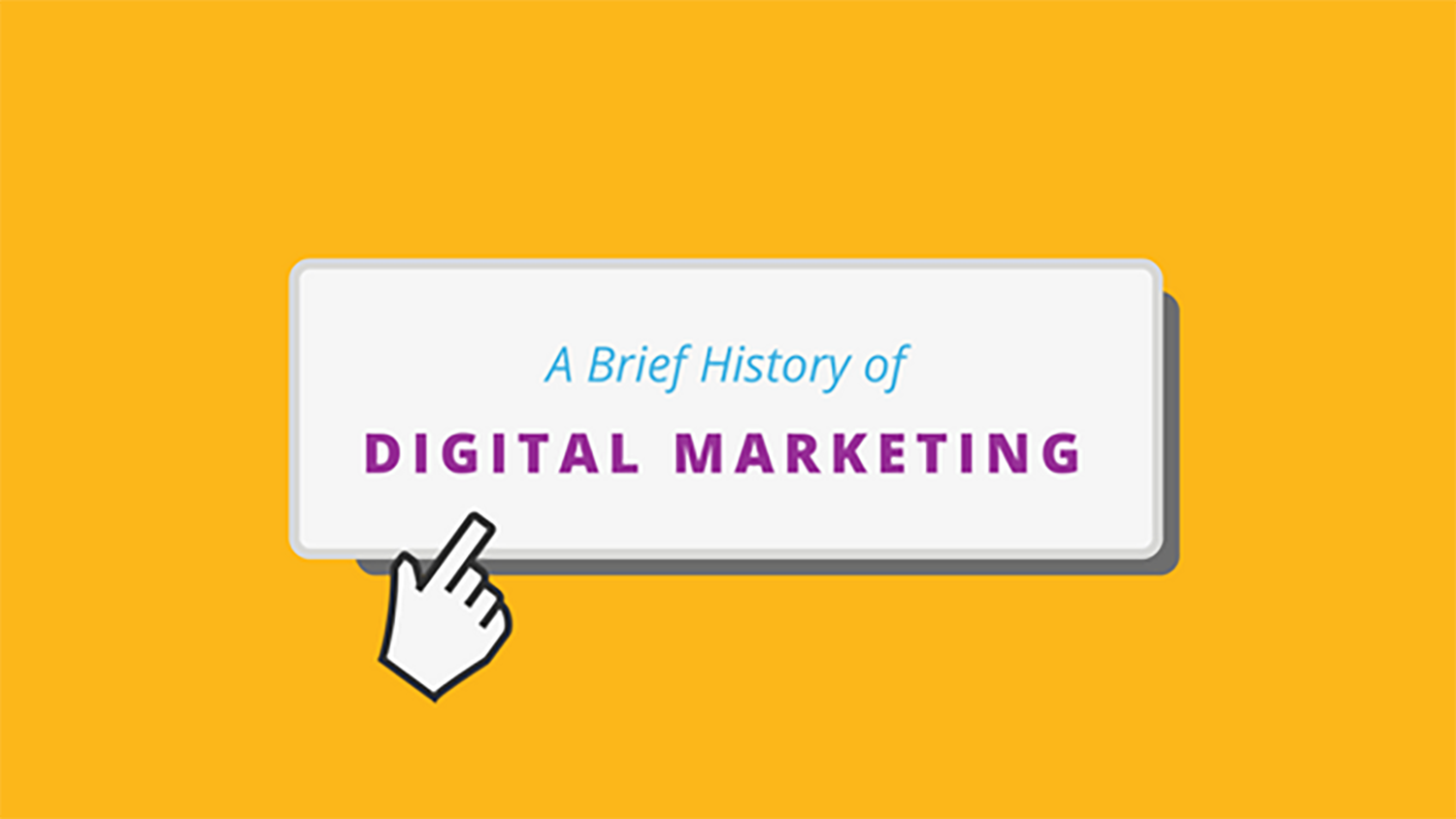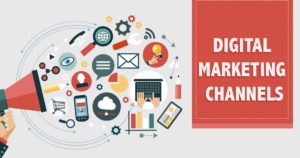What is Digital Marketing
Digital marketing is defined as a marketing approach that primarily relies on the net to connect with the audience through various digital media channels and platforms. Digital marketing is a term that consists of digital channels, like content marketing, SEO, email marketing, social media marketing, mobile marketing, and so on, to make elaborate strategies to reach and connect with prospects and customers. A user consumes content via the tv, smartphone, radio, computer, tablet, and other traditional media. This constant exposure to varied types of media has led to information overload, further complicating the buyer’s journey.
Digital marketing has facilitated brands to stay known by making themselves visible through different channels and touchpoints. Apart from traditional marketing channels, like television, newspapers, billboards, and so on, marketers use these digital channels to guide prospects through their purchase journey and confine touch with their existing customers.
Simply put, digital marketing is the promotion of products or brands using electronic devices or online. Digital marketing also includes text messaging, instant messaging, podcasts, electronic billboards, video, apps, digital television and radio channels, etc. Digital marketing uses multiple channels and technologies that allow an organization to research campaigns, content, and strategy to know what’s working and what isn’t – typically in real-time.
History of Digital Marketing
Till a generation ago, consumers had to appoint advertisers who spoon-fed them marketing messages across various marketing media channels like print medium, billboards, television, radio. These advertisers created markets, defining and reinforcing consumer stereotypes. During the 1950s, advertising was mainly a one-way communication with the audience. Later, TV advertising and marketing reached new heights and turned into a viable marketing platform. Experts were the design makers.
With the explosion of digital media, people began to interact with one another – and therefore the companies they did business with – in new ways. The importance of broadcast traditional and print channels reduced, that ultimately changed the consumer-corporation dynamic. Digital channels opened doors for consumers. not passive participants in an exceedingly one-sided marketing conversation, consumers became empowered authors, publishers, and critics. The digital landscape is participatory, a region where consumers exchange ideas. Everyday consumers are now the design makers and trendsetters. While the number of your time consumers spend on web and mobile has increased dramatically, the quantity of accessible content has increased exponentially.
More digital content is made in an exceedingly day than the majority can consume in an exceedingly year. With such a lot of distractions and choices, your audience includes a very short span. The huge growth in digital channels has led to an increase in the importance of digital marketing. But digital marketing isn’t almost the channel. It’s also the mechanism by which individuals are creating and sharing content and experiences, engaging both with one another and therefore the companies they are doing business with.


![Read more about the article What is Digital Marketing? [What, Why and How]](https://techtradigital.com/wp-content/uploads/2020/04/2020-google-Ideas-to-Increase-Business-Sale-Through-Digital-Marketing-300x154.jpg)

![Read more about the article 10 Reasons Why Startups Fail? How to Make Your Startup Successful? [Complete Details]](https://techtradigital.com/wp-content/uploads/2020/07/10-Reasons-Why-Startups-Fail-1-300x210.png)